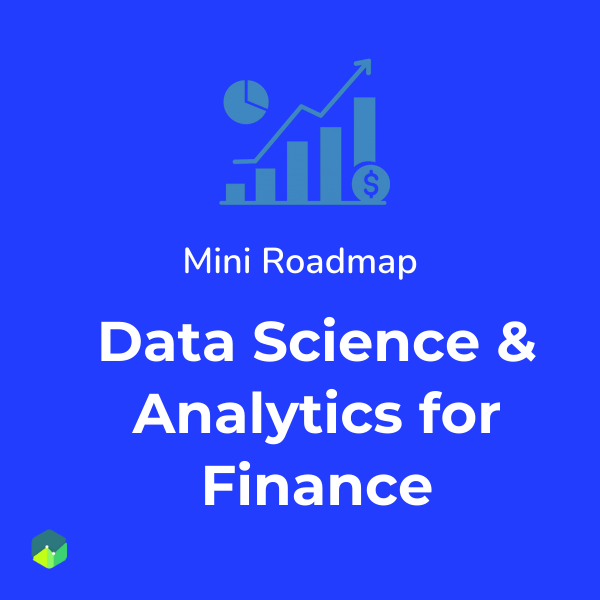Get full access to all Data Science, Machine Learning, and AI courses built for finance professionals.
One-time payment - Lifetime access
Or create a free account to start

A step-by-step guide covering Python, SQL, analytics, and finance applications.
Or create a free account to access more
Get full access to all Data Science, Machine Learning, and AI courses built for finance professionals.
One-time payment - Lifetime access
Or create a free account to start

A step-by-step guide covering Python, SQL, analytics, and finance applications.
Or create a free account to access more
The Omega Index (or Omega ratio) was developed by Keating and Shadwick in 2002. It is a ratio of the upside variation in the portfolio and the downside variations of the portfolio. The returns of a portfolio are partitioned into losses and gains compared to a threshold value. The Omega ratio is then the ratio f the probability of gains and the probability of losses.
The ratio can be calculated using the following formula:
where (a,b) is the interval of returns and F is the cumulative distribution of returns.
For any return level r, the number Ω(r) is the probability weighted ratio of gains to losses, relative to the threshold r.
An advantage with the Omega Ratio is that unlike Sharpe ratio, the Omega index considers the whole distribution of returns and makes no assumption about investors’ utility function form. It employs all the information contained within the returns series. It can be used to rank and evaluate portfolios unequivocally. All that is known about the risk and return of a portfolio is contained within this measure. It might be considered a Sharper ratio, or the successor to Jensen’s alpha.
At any particular threshold r, the larger the Omega value, the higher the quality of the portfolio. The value of Omega is 1 when the threshold is set to the mean of the distribution. Secondly, whatever the threshold is, all investments may be ranked.